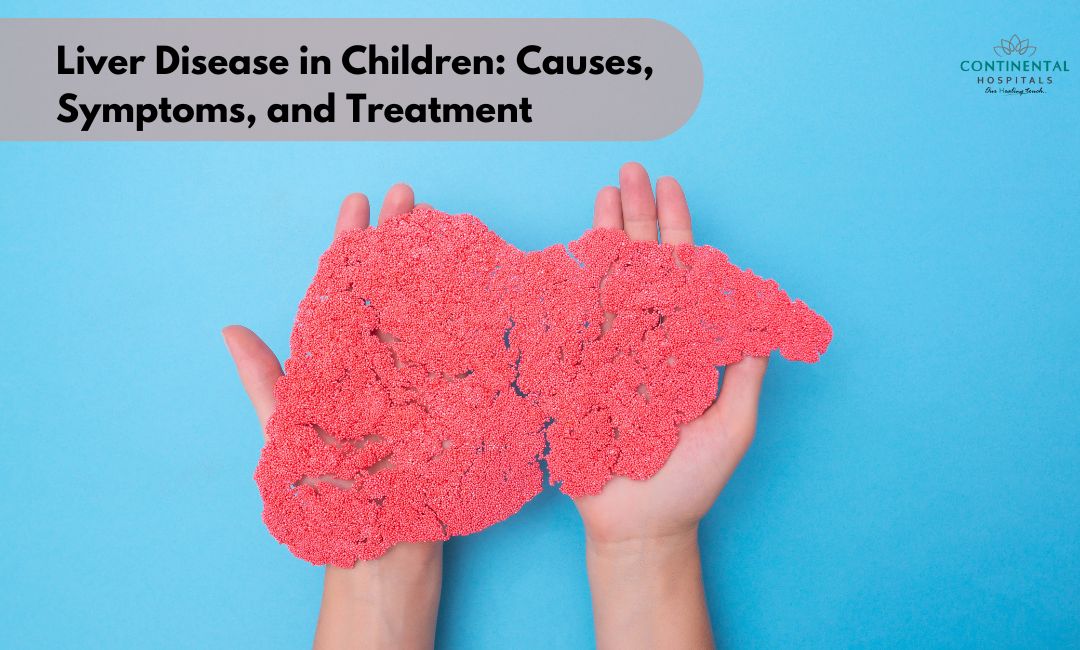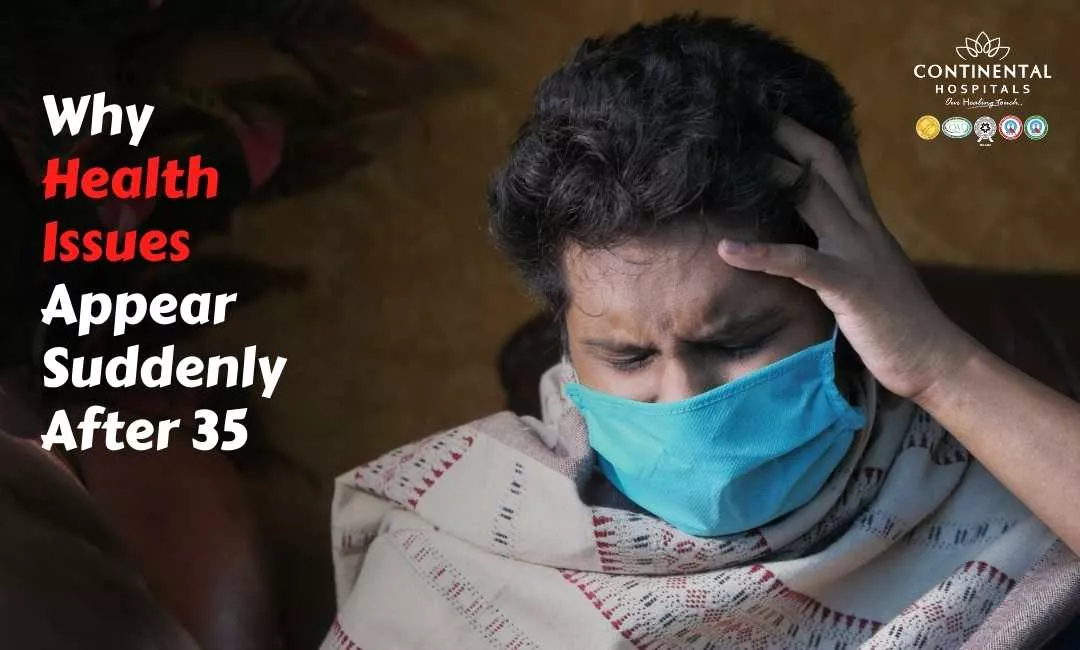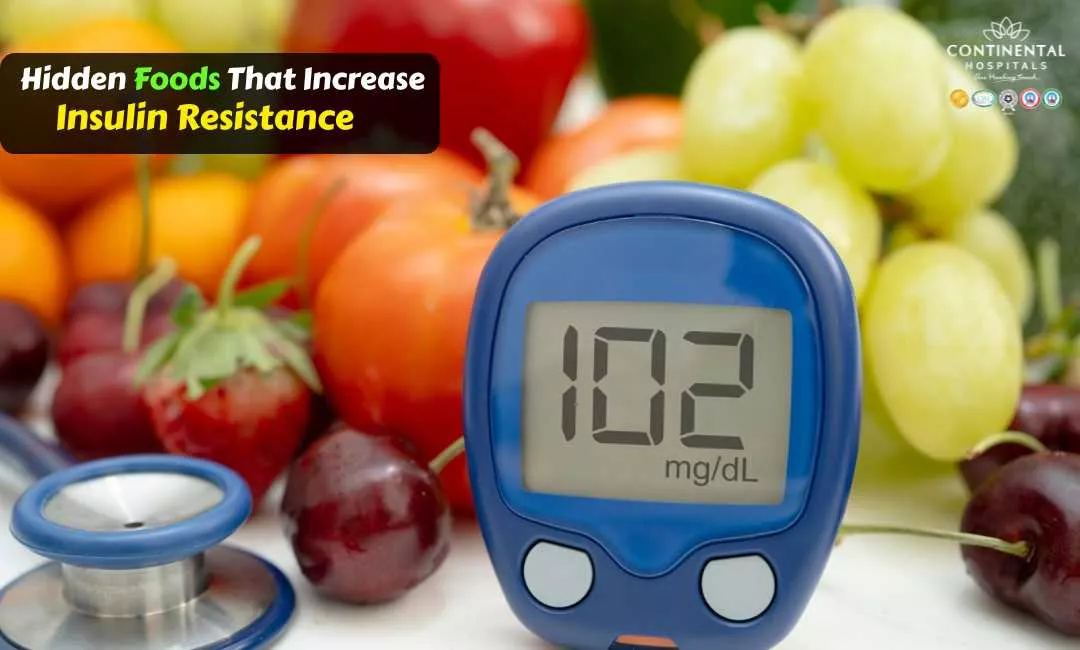Liver disease in children is a serious health concern that can impact their growth, development, and overall well-being. Although relatively rare compared to adults, pediatric liver diseases encompass a range of conditions that require prompt diagnosis and appropriate management. In this blog post, we'll delve into the causes, symptoms, and treatment options for liver disease in children, aiming to provide valuable insights for parents and caregivers.
Understanding Liver Disease in Children:
The liver is a vital organ responsible for numerous essential functions in the body, including detoxification, metabolism, and nutrient storage. When the liver becomes diseased or damaged, it can affect various bodily processes, leading to significant health complications. In children, liver disease can arise from a variety of factors, including genetic predispositions, infections, autoimmune disorders, metabolic disorders, and environmental influences.
Causes of Liver Disease in Children:
Genetic Disorders: Certain genetic conditions, such as Wilson's disease, alpha-1 antitrypsin deficiency, and cystic fibrosis, can affect liver function in children. These disorders often result from inherited mutations that impair the liver's ability to perform its functions effectively.
Viral Hepatitis: Viral infections, particularly hepatitis B and hepatitis C, can cause liver inflammation and damage in children. These viruses are typically transmitted through contaminated blood or body fluids, and they can lead to chronic liver disease if left untreated.
Biliary Atresia: Biliary atresia is a rare congenital condition characterized by the absence or obstruction of the bile ducts, which impairs bile flow from the liver to the gallbladder and small intestine. This condition can lead to liver damage and cirrhosis if not treated promptly.
Autoimmune Hepatitis: Autoimmune hepatitis is a condition in which the body's immune system mistakenly attacks the liver, causing inflammation and damage. While the exact cause of autoimmune hepatitis is unknown, it is believed to involve a combination of genetic, environmental, and immunological factors.
Metabolic Disorders: Certain metabolic disorders, such as galactosemia, tyrosinemia, and glycogen storage diseases, can affect liver function in children by disrupting normal metabolic processes. These disorders often result from enzyme deficiencies that impair the body's ability to metabolize specific nutrients.
Nonalcoholic Fatty Liver Disease (NAFLD): NAFLD is a growing concern in children, particularly in those who are overweight or obese. This condition is characterized by the accumulation of fat in the liver, which can lead to inflammation, fibrosis, and liver damage over time.
Toxins and Medications: Exposure to toxins, such as certain chemicals, drugs, and medications, can cause liver damage in children. Additionally, prolonged use or misuse of certain medications, such as acetaminophen, can lead to liver toxicity and injury.
Consult with a pediatrician, to know more about liver diseases in children.
Symptoms of Liver Disease in Children:
The symptoms of liver disease in children can vary depending on the underlying cause and the severity of the condition. However, some common signs and symptoms may indicate liver dysfunction and warrant further evaluation by a healthcare professional. These symptoms may include:
- Jaundice (yellowing of the skin and eyes)
- Abdominal pain or swelling
- Fatigue and weakness
- Poor appetite and weight loss
- Nausea and vomiting
- Pale or clay-colored stools
- Dark urine
- Easy bruising or bleeding
- Swelling of the legs or abdomen (edema)
- Itchy skin (pruritus)
It's important to note that some children with liver disease may not exhibit any symptoms initially, making early detection challenging. Regular medical check-ups and screenings can help identify liver disease in its early stages, allowing for timely intervention and management.
Diagnosis and Treatment of Liver Disease in Children:
Diagnosing liver disease in children typically involves a combination of medical history review, physical examination, laboratory tests, imaging studies, and sometimes, liver biopsy. Once diagnosed, the treatment approach will depend on the underlying cause and severity of the condition. Treatment strategies may include:
Medications: Depending on the specific type of liver disease, medications may be prescribed to manage symptoms, reduce inflammation, prevent complications, or slow disease progression. For example, antiviral medications may be used to treat hepatitis infections, while immunosuppressive drugs may be prescribed for autoimmune hepatitis.
Nutritional Support: Children with liver disease may require special dietary modifications to ensure adequate nutrition and support liver function. This may involve working with a registered dietitian to develop a nutrition plan tailored to the child's needs, including appropriate calorie, protein, and micronutrient intake.
Surgical Interventions: In some cases, surgical interventions may be necessary to treat underlying structural abnormalities or complications of liver disease. For example, children with biliary atresia may require a surgical procedure called the Kasai procedure to restore bile flow from the liver.
Liver Transplantation: In severe cases of liver disease where other treatments are ineffective or liver damage is irreversible, liver transplantation may be considered. Liver transplantation involves replacing the diseased liver with a healthy liver from a compatible donor, either through deceased or living donation.
Lifestyle Modifications: For children with nonalcoholic fatty liver disease (NAFLD) or other liver conditions influenced by lifestyle factors, such as obesity or unhealthy dietary habits, lifestyle modifications may be recommended. This may include weight management, regular exercise, and dietary changes aimed at improving liver health.
Liver disease in children poses significant challenges for affected individuals and their families, but early detection and appropriate management can help improve outcomes and quality of life. By understanding the causes, symptoms, and treatment options for liver disease in children, parents and caregivers can be better equipped to recognize potential signs of liver dysfunction and seek timely medical attention. Collaborative efforts between healthcare providers, families, and support networks are essential in addressing the complex needs of children with liver disease and optimizing their long-term health and well-being.
Consult with a pediatrician, to know more about liver diseases in children.
Related Blog Topics
.webp)














